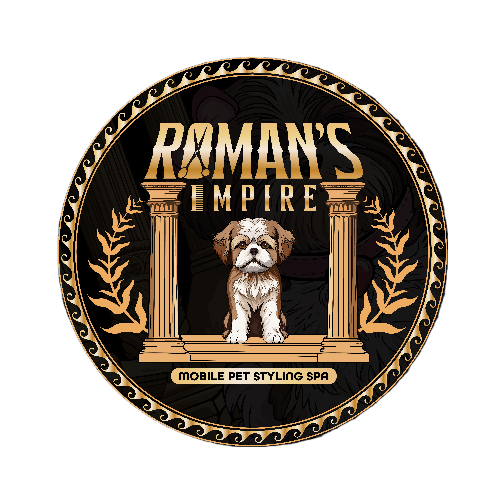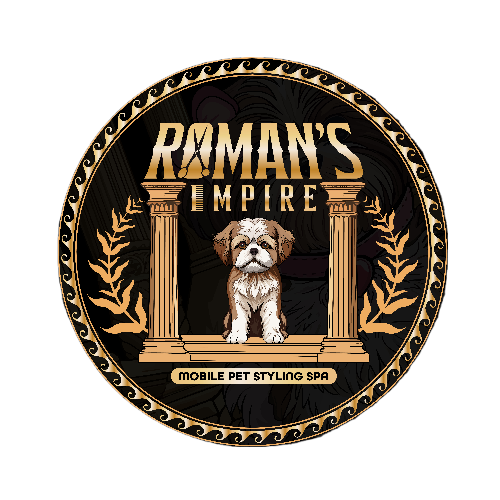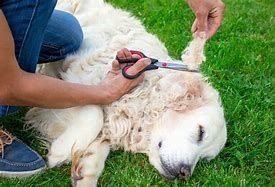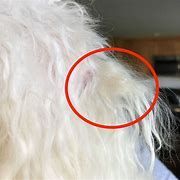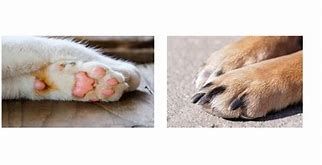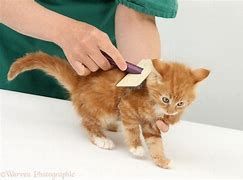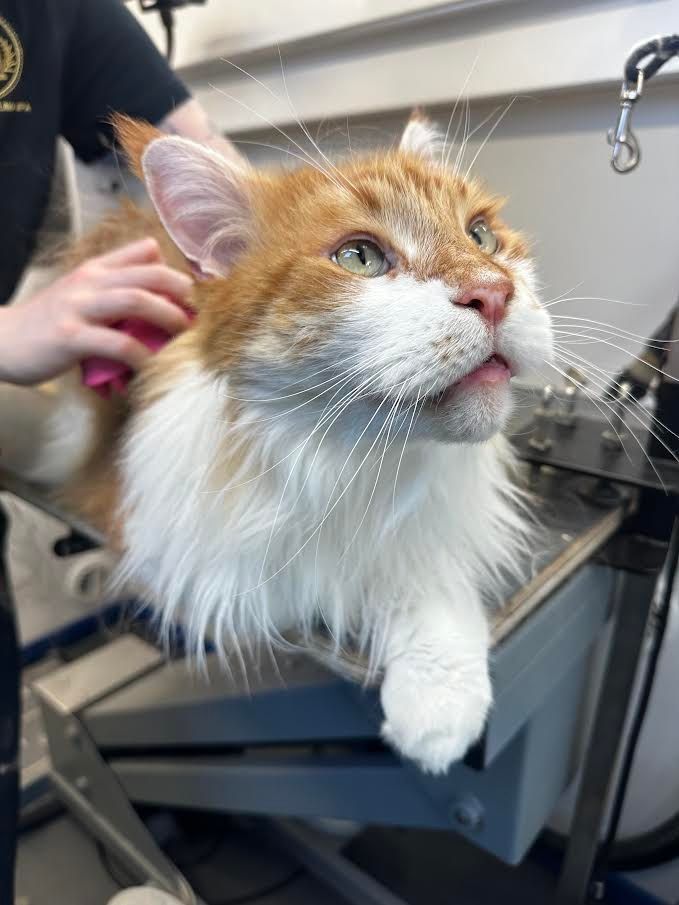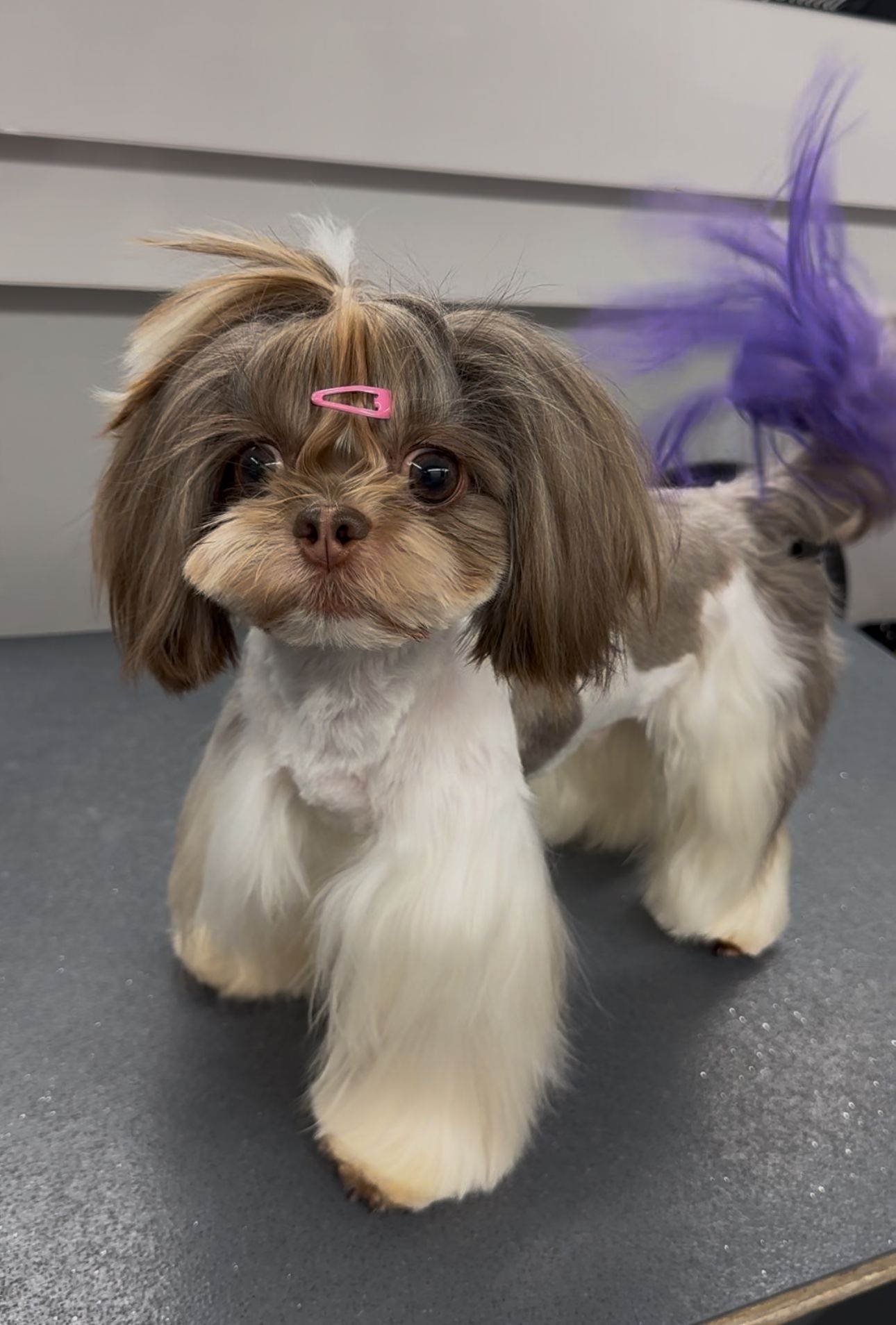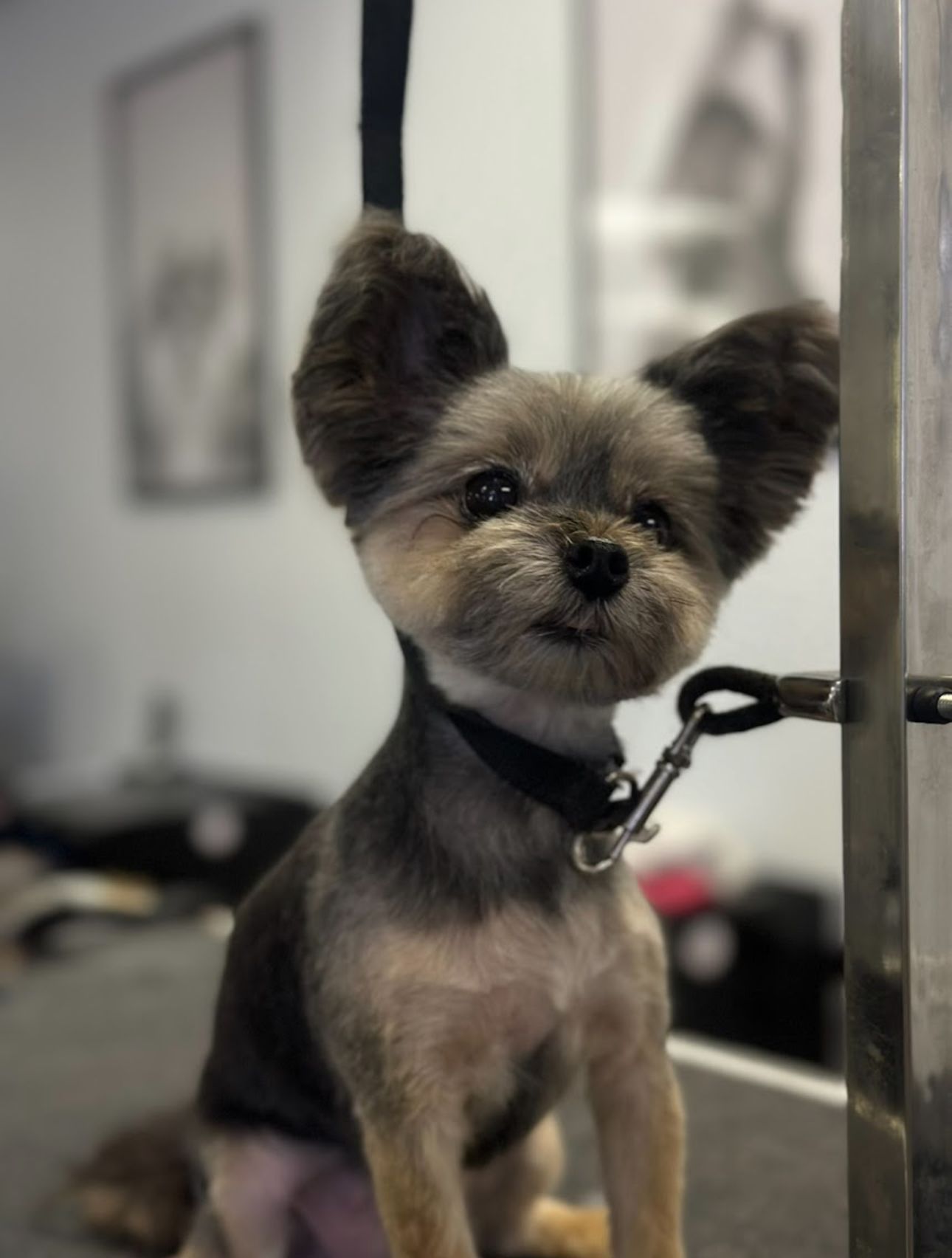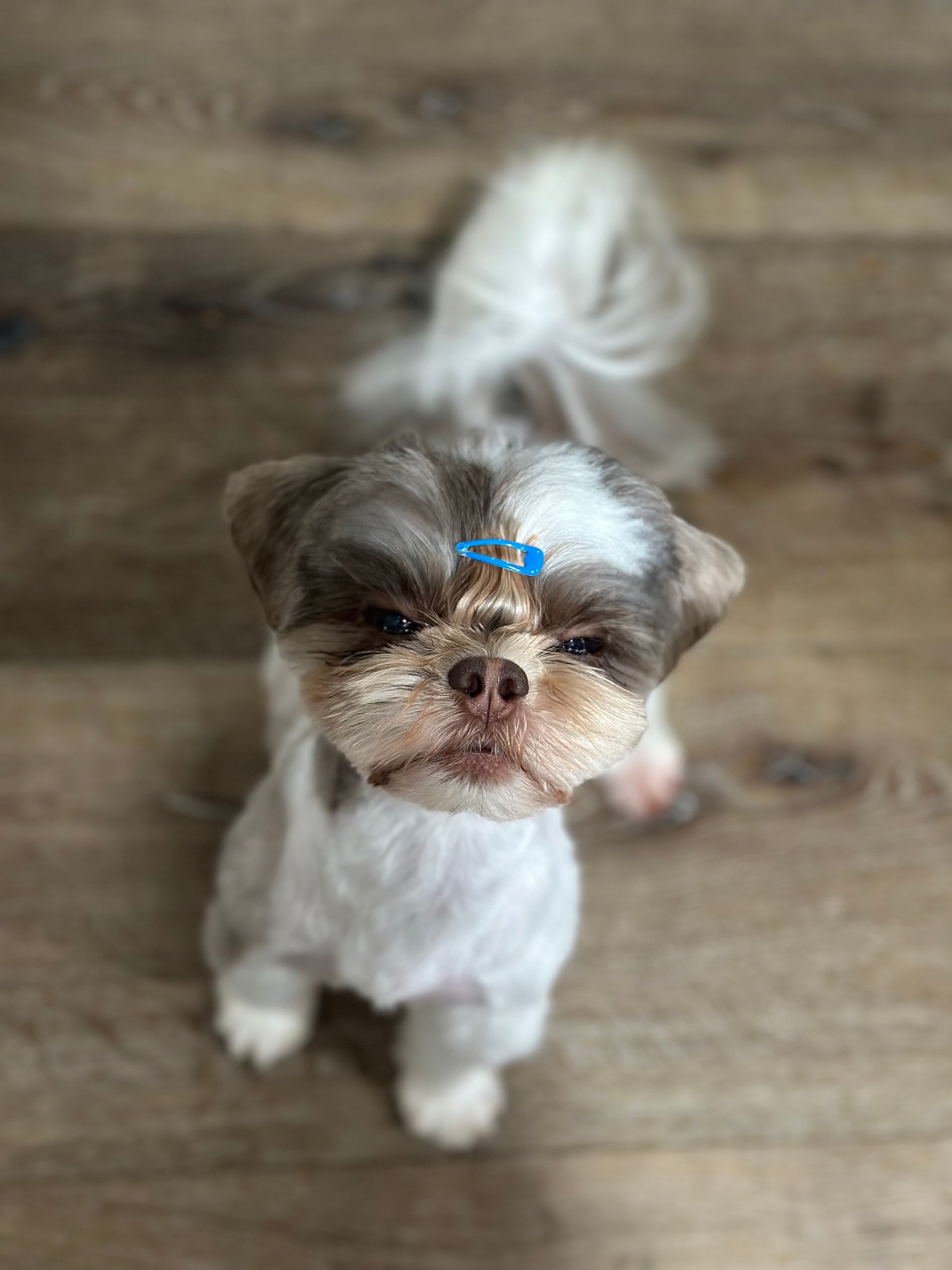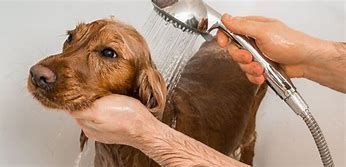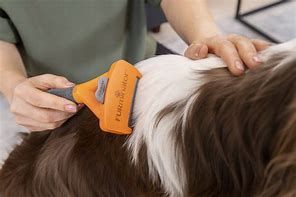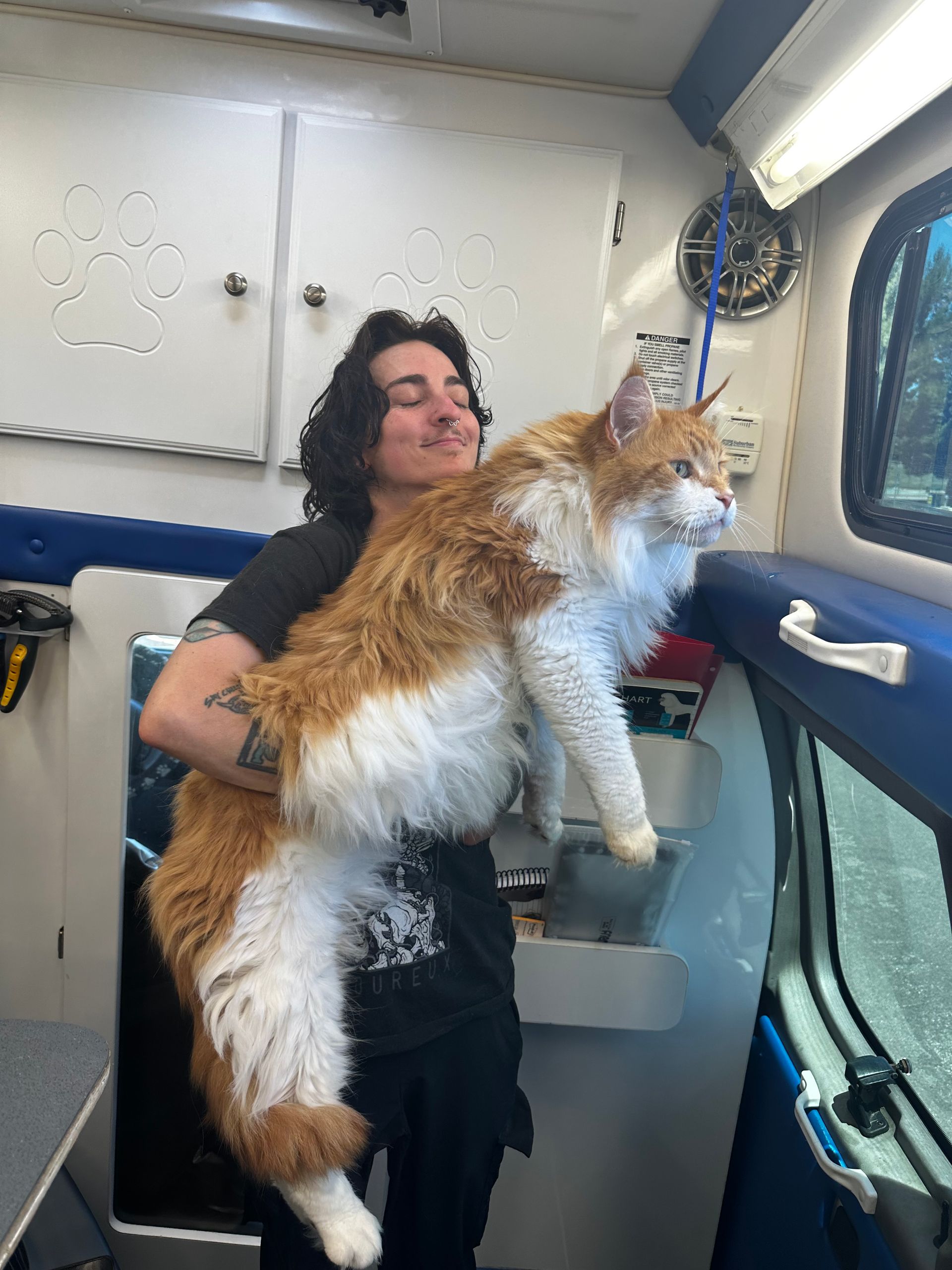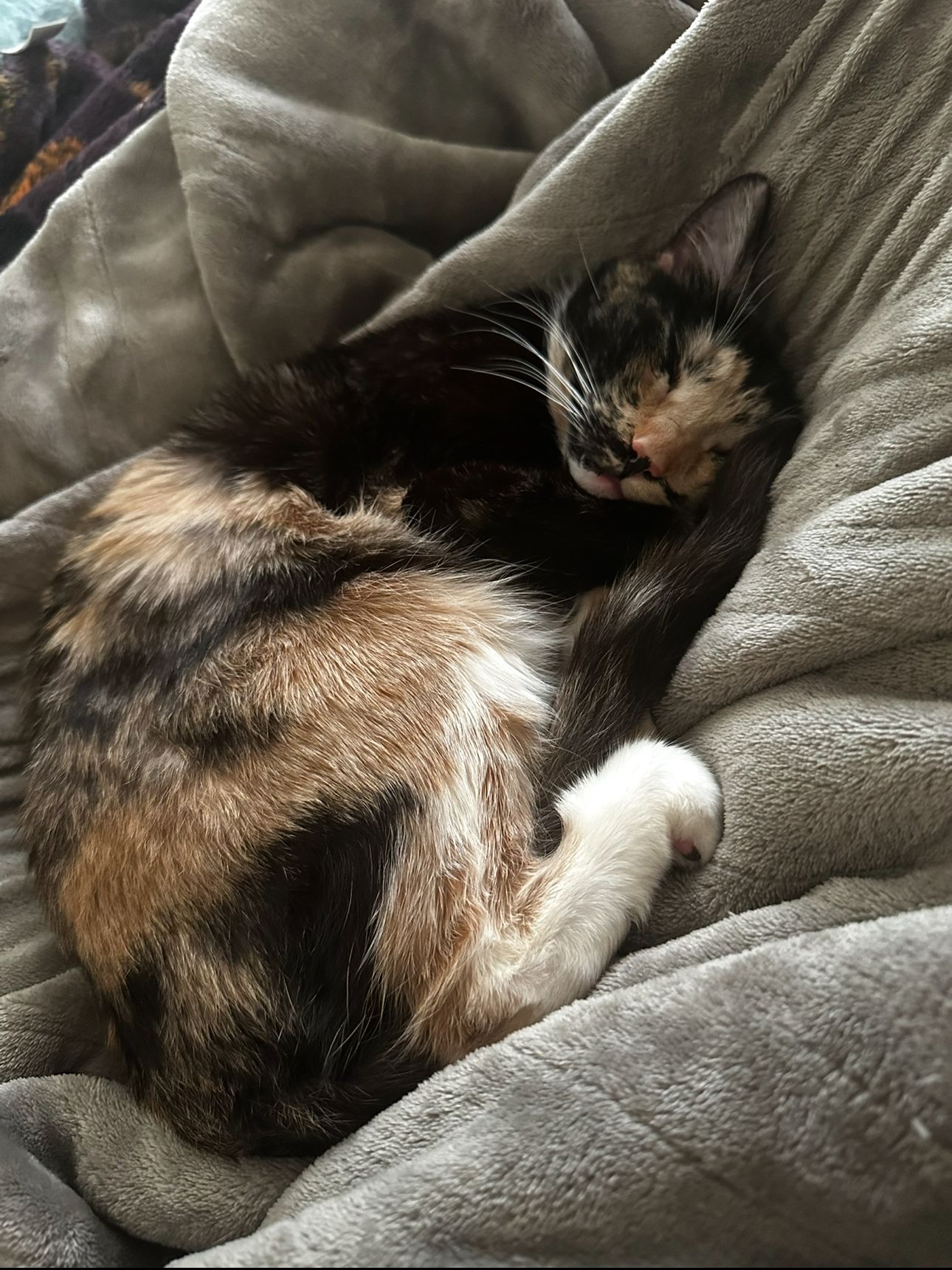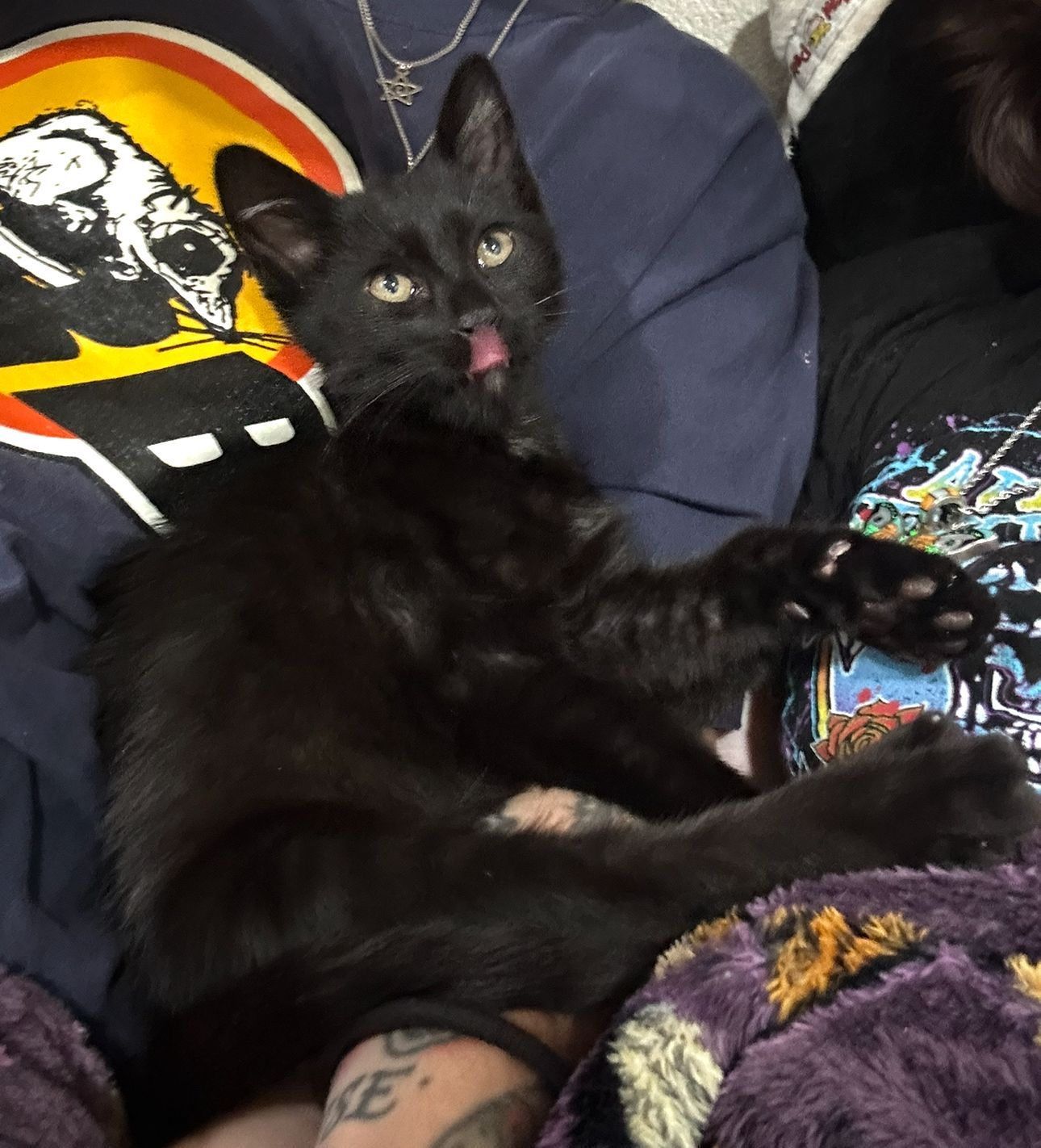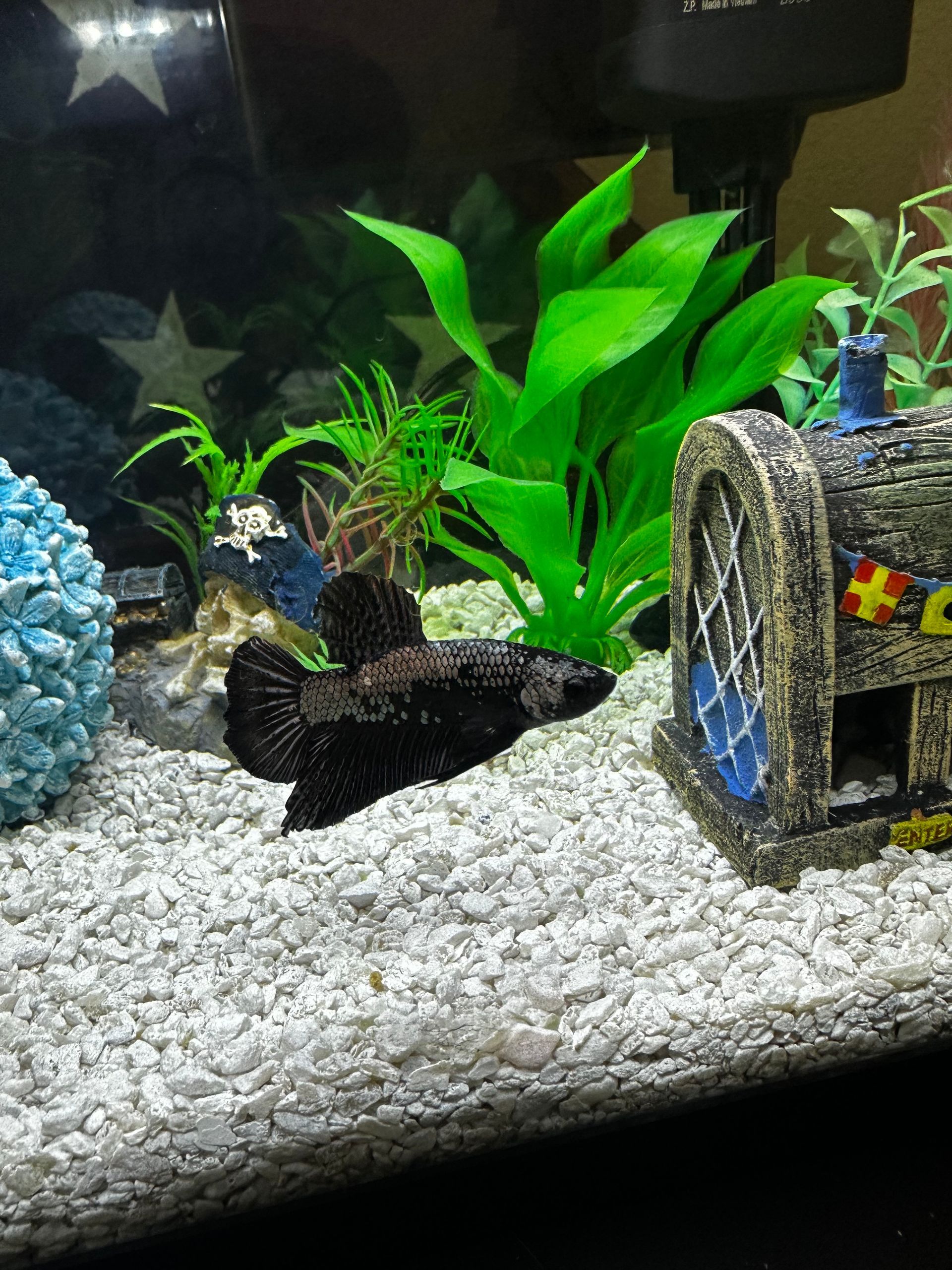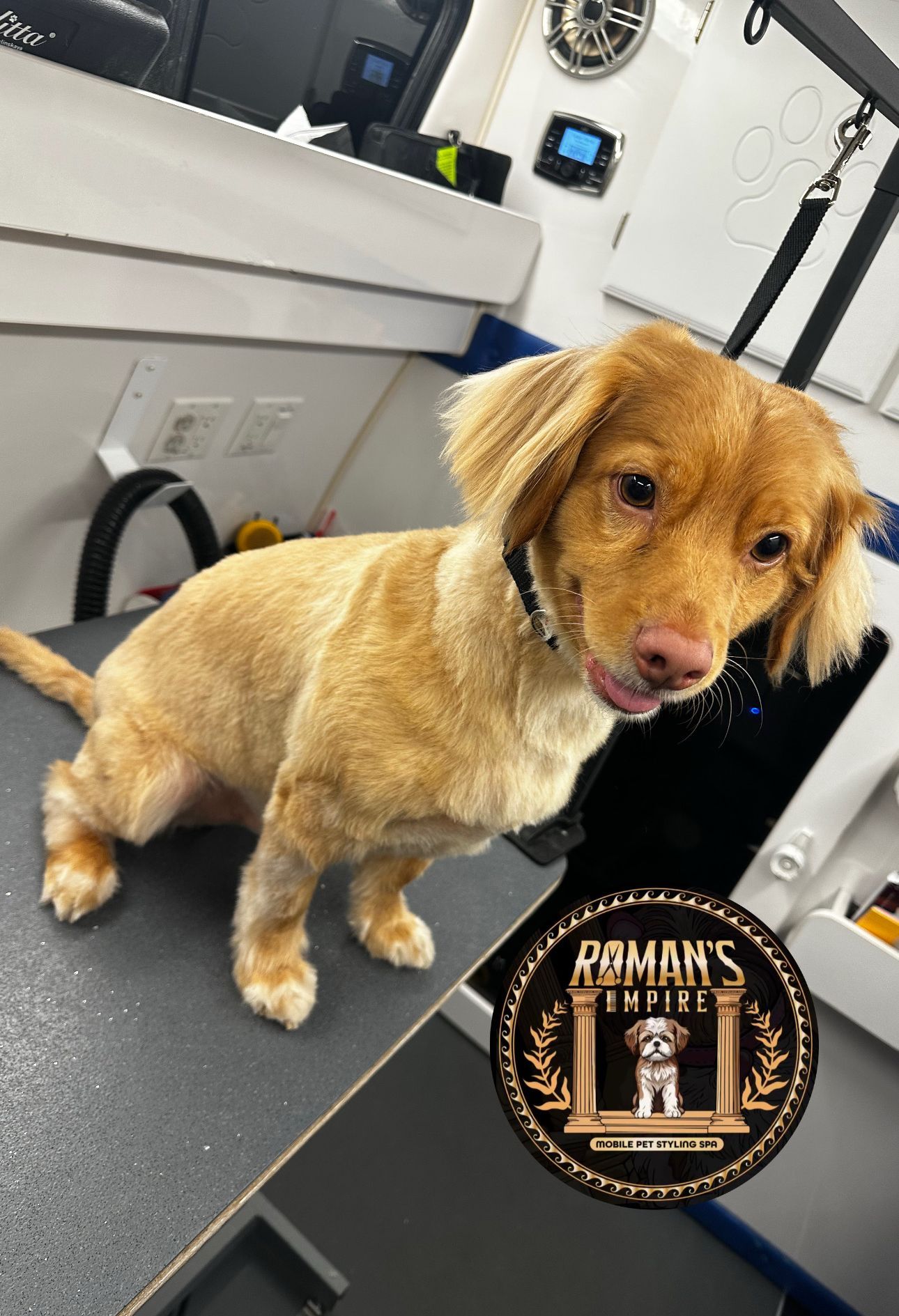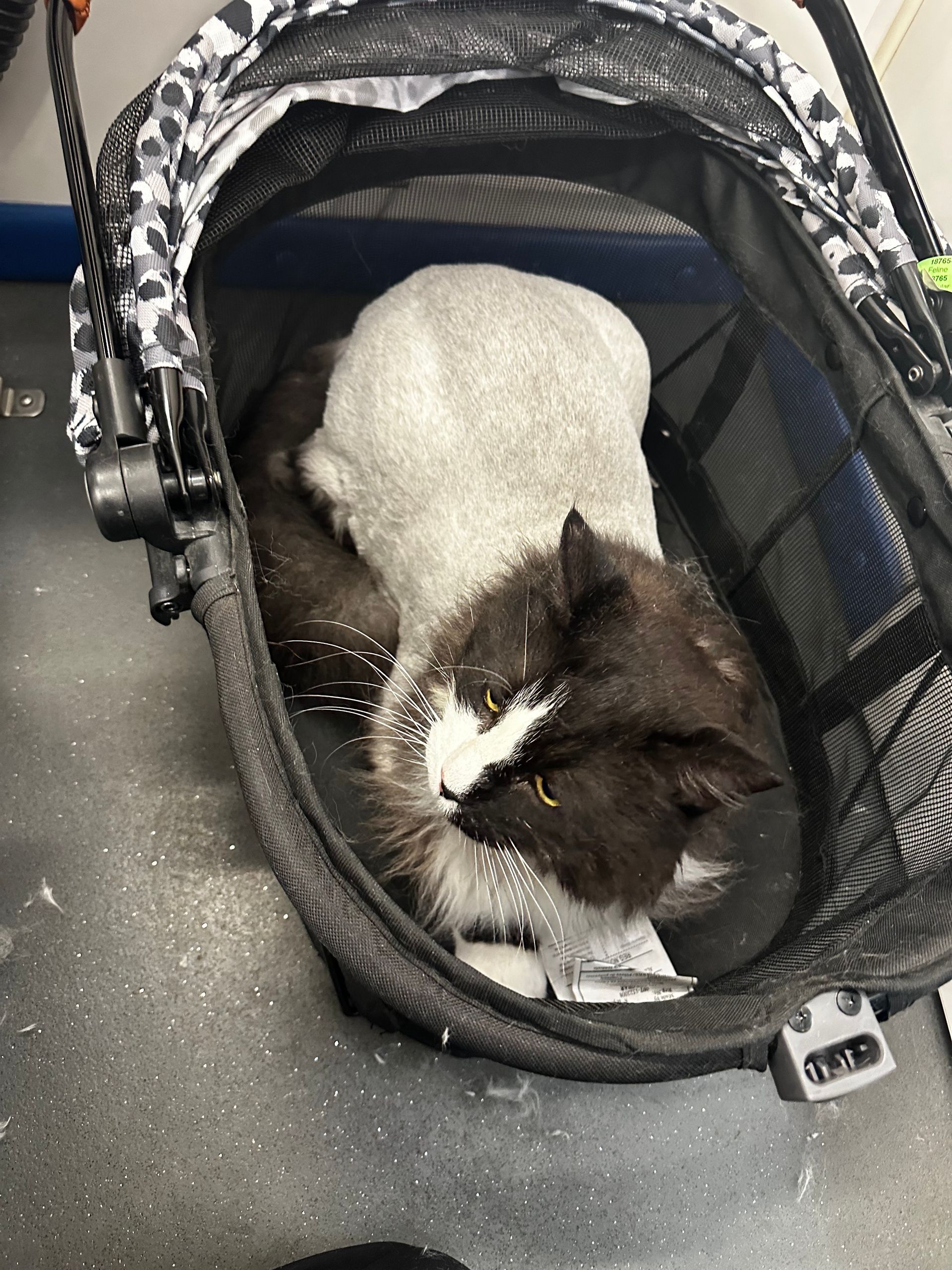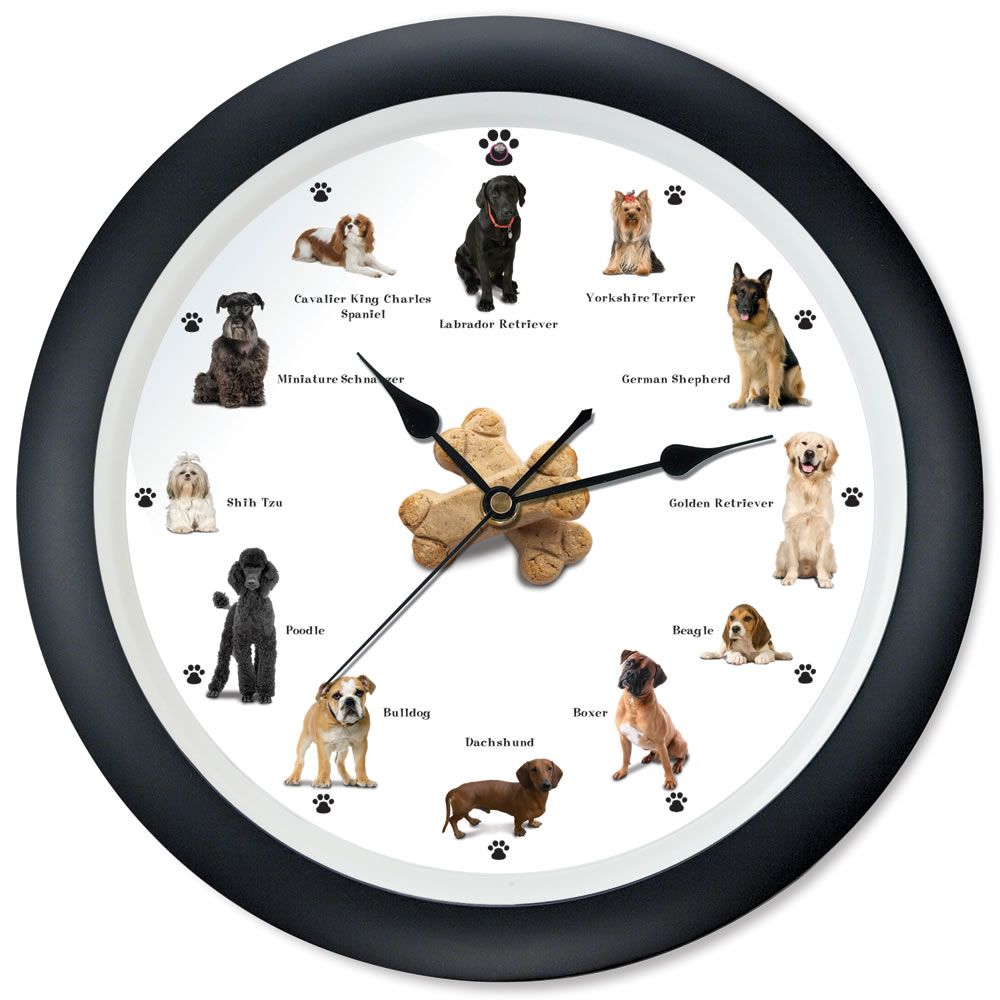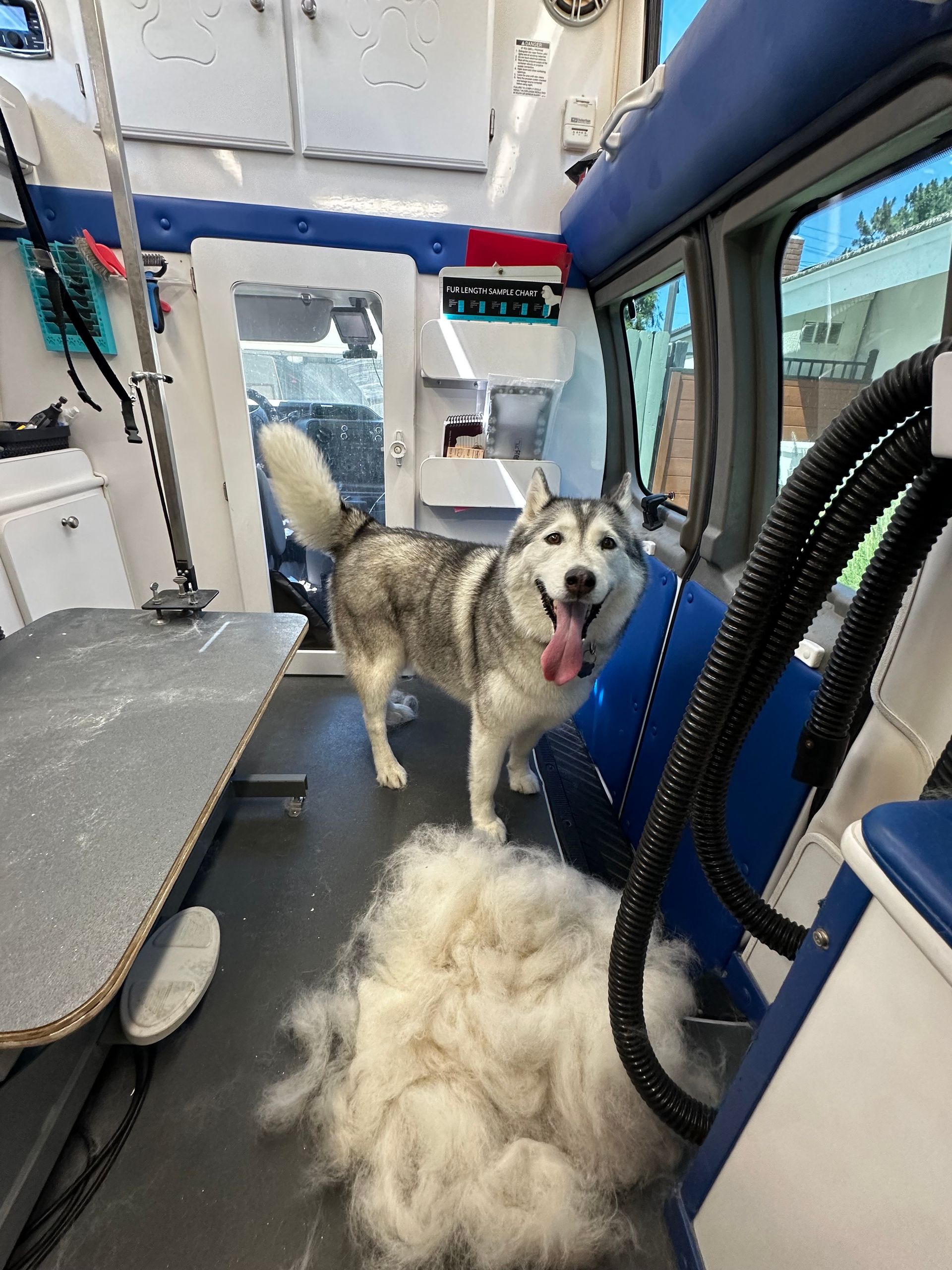Why Shaking Doesn’t Mean Abuse: What Pet Parents Need to Know About Their Groomer’s Role
Introduction
You arrive for your dog’s appointment, hand over the leash, and your pup starts shaking. Maybe they hesitate to go with the groomer, or maybe they tremble as they’re being checked in or act in a manner they never have. It’s easy to panic or assume the worst: “Are they scared of the groomer? Did something happen last time? Is grooming traumatic for them?”
These are natural questions. But what’s not okay is the assumption that shaking automatically means fear, mistreatment, or abuse—or worse, that your groomer is the cause of it.
At Roman’s Empire, we want to educate with empathy—but also set the record straight. Shaking and even hesitation is a normal, common response, and accusing a professional of wrongdoing based on that alone does real harm.
Dogs Shake, Hesitate, or React for Many Reasons—And Most Aren’t What You Think
Shaking is a physical response, not a moral verdict. Dogs shake because:
- They’re excited or overstimulated (yes, excited dogs shake too!)
- They’re anticipating something—new environments, smells, sounds
- They’re physically uncomfortable—from cold, wetness, or muscle fatigue
- They’re naturally more anxious (some breeds and personalities just are)
- They have medical issues like pain, arthritis, or neurological sensitivity
Dogs that are dearly loved, well cared for, and even thrilled to see their groomer still shake or hesitate sometimes—especially if they’re dealing with underlying health conditions that grooming may reveal or aggravate.
It’s not fear of the groomer—it’s the dog’s body reacting to stimulation. Grooming takes physical and emotional stamina, and every dog processes that differently.
Intuition vs Intolerance
It’s heartbreaking to see your pet shaking or trying to avoid grooming, and it’s natural to worry. Many pet parents wonder, “Did something bad happen? Do they hate their groomer? Can they sense something I can’t?” And yes—dogs are incredibly intuitive. They can absolutely sense ill intent, and that instinct should always be respected in certain environments.
But grooming is different.
When it comes to professional grooming, fear doesn’t automatically mean abuse or mistreatment. It often means your dog is:
- Unfamiliar with the process
- Uncomfortable with handling, restraint, or equipment sounds
- Associating grooming with prior matting pain or trauma
- Reacting to their owner's own anxiety about the appointment
Unlike a stranger on the street, a professional groomer enters a dog’s personal space in an intimate, vulnerable way: touching paws, ears, and faces, restraining for safety, using loud tools, and making decisions that override the dog’s impulses (like jumping, flinching, or resisting).
To a dog without proper desensitization, that feels intrusive, not intuitive—even if it’s done with complete care and compassion.
The truth is, it’s our job to do uncomfortable things gently and skillfully for the sake of your dog’s health—just like a vet giving shots or a dentist checking your teeth. They may not love it, but it doesn’t mean harm was done. It means your dog needs time, routine, and positive associations to feel safe.
At Roman’s Empire, we take every sign of fear seriously—but we don’t internalize it as failure. Instead, we use it as information. We meet your pet where they are and help them feel safe, respected, and eventually confident with time and trust.
For more, explore:
- Why starting professional grooming in puppyhood is the key to success
- What happens when you delay professional grooming
- Why at-home grooming can't replace professional grooming--and doesn't compare
- Why trust takes time to build
The "Scared" Act: Why Some Dogs Behave Differently Once Their Owner Leaves
It’s incredibly common for dogs to appear anxious, reluctant, or even terrified when they’re dropped off for grooming — only to settle down and cooperate beautifully once their owner is out of sight. This isn’t manipulation; it’s attachment behavior.
Just like young children clinging to a parent at preschool drop-off, many dogs feel momentary stress simply because they’re anticipating separation. They feed off your energy, your hesitation, and your worry. If you’re nervous, they’ll be nervous too. But once you leave and we take over with calm, confident, and fear-free handling, most dogs quickly relax.
We see it all the time: trembling, whining, resistance at the door — and within minutes of you leaving, they’re wagging their tail, sniffing curiously, and accepting treats. It's not fear of us. It's emotional performance tied to their bond with you.
So if you’ve ever worried, “They’re just so scared when I drop them off…” — know that what you're seeing is likely a transitional behavior, not trauma. In fact, one of the kindest things you can do is trust your groomer, say a calm goodbye, and let us take it from there.
When Assumptions Harm Groomers--and Potentially Your Pet
We live in a world where mistrust spreads fast. A video clip, a poorly-worded review, or a trembling dog at check-in can spark assumptions that damage reputations and livelihoods. But here’s the truth:
Shaking and reluctance is not evidence of harm. It’s evidence of a dog’s nervous system responding to change.
When a groomer is accused of being “rough,” “scary,” or “abusive” based solely on a dog’s trembling, it’s not just unfair—it’s dangerous. Groomers are already operating in a high-risk, emotionally intense environment, and we work hard to build trust with both pets and people.
Ultimately, when one has a mistrust of groomers, they don't truly understand what professional grooming involves and how it affects their pets--and it's often reduced to a simple "dog wash", may seem harmless, but it reinforces a damaging mindset — one that minimizes the skill involved, disregards the pet’s needs, and places blame where it doesn’t belong.
This attitude often stems from a lack of education, mistrust of professionals, and a tendency to seek blame when something goes wrong--which greatly differs from being solution-oriented. Grooming isn’t one-size-fits-all kind of deal.
Pets are individuals with unique temperaments, health conditions, and age-related sensitivities. What might seem like a simple service is actually a complex process requiring skill, adaptability, and keen observation.
When a pet reacts poorly, or a health issue surfaces after grooming, people too often assume the groomer caused it. In reality, grooming can reveal pre-existing conditions or strain the stamina of pets with underlying issues — especially seniors or those with arthritis, anxiety, heart conditions, or neurological disorders.
Ignoring these factors in favor of blame overlooks the deeper truths: the pet’s grooming tolerance, the physiological stress of standing and being handled, and how grooming may agitate symptoms that were already brewing beneath the surface and how to move forward to aid in their comfort.
Overlooking these factors erases the skill, training, and insight it takes to safely care for pets — and more dangerously, it keeps mistrust alive. It shifts accountability away from the real complexities and onto professionals trying to help. This does a disservice not just to groomers, but to the pets whose well-being depends on informed, compassionate care.
True accountability comes from understanding. Professional grooming is a collaborative effort — not a quick rinse, but a nuanced service that requires trust, communication, and respect for the process.
What Ethical Groomers Actually Do
A fear-free, experienced groomer like those at Roman’s Empire will:
- Read body language to tailor their handling approach
- Give breaks as needed
- Work one-on-one without assembly-line pressure
- Offer consistency to help build positive associations
- Use gentle restraint, not force or fear
If we see a dog is too distressed to safely continue, we stop and communicate. We never push a pet beyond what’s ethical—and we never want a pet to dread the process. Our entire philosophy is built on cooperative care techniques that prioritize trust and consent over control.
What Pet Parents Can Do Instead of Jumping to Conclusions
- Ask questions calmly. A good groomer will always explain what they’re seeing.
- Check your assumptions. Is this a one-time shake? Is it normal for your dog at the vet too?
- Notice their behavior post-groom. A relaxed, playful, or sleepy dog afterward is a great sign.
- Stick with one groomer. Relationships take time. Trust builds over repeated visits—which is why starting grooming early in life is key to long-term success.
Conclusion
Your dog’s shake doesn’t mean you're a bad owner—and it certainly doesn’t mean your groomer is a bad person. Groomers are here to support your pet, not scare them. But we need your partnership, not suspicion, to do that.
At Roman’s Empire, we’re committed to transparency, kindness, and grooming with integrity. Our job is to advocate for your pet’s comfort, educate with empathy, and deliver care that meets both emotional and physical needs.
A shaking dog isn’t proof of trauma—it’s a sign of sensitivity. Your groomer deserves conversation, not condemnation.
Shaking is a conversation—not a condemnation. Let’s have it together.
Why We Don’t Accept Clients Who Ask If We Hurt or Traumatize Dogs--Or Even Blame Past Groomers
At Roman’s Empire, we uphold the highest standards in ethical, fear-free grooming. When a prospective client asks, “Are you going to hurt my dog?”, "Have you harmed/traumatized my pet?", or anything in regard to blaming or bashing past groomers for normal behavior— we take that as a red flag, not because we’re defensive, but because it signals a lack of trust from the start. We are all about education, but we only accept clients that are on the same page.
These kinds of questions imply we would ever knowingly harm a dog — a deeply damaging assumption for professionals who have dedicated their careers to caring for animals. Pair this with how grooming exacerbates and agitates underlying conditions--even those the owner is unaware of-- and it makes for a potential blame game we are not up for.
Groomers are your pet's first line of defense when it comes to noticing health or behavioral changes, and if you don't trust us, you are not in the space to accept new information about our knowledge, experience, or findings. We require all clients to adjust to new information about their pet accordingly in order to have a functioning and healthy relationship.
Groomers are not only highly trained, but often trauma-informed and behavior-conscious individuals who work hard to earn the trust of every pet in their care.
We understand that pet parents worry — especially if they’ve had bad experiences elsewhere. But assuming harm or asking if we’re going to traumatize your pet before you even know us or our methods shows that we are not a good fit for one another. That dynamic creates a stressful foundation where we are being questioned before we’ve had the chance to prove our values.
Trust is essential to safe grooming. If that trust isn’t there, we will kindly decline the relationship.
